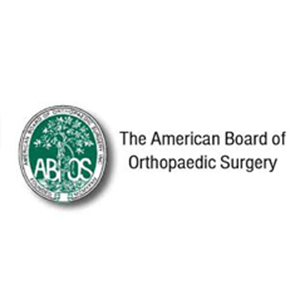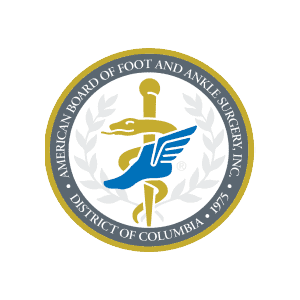What is Heel Cord Lengthening?
Heel Cord Lengthening, also known as Achilles tendon lengthening surgery, is a procedure designed to extend the Achilles tendon. This allows individuals to walk with straight knees and flat feet. This surgery is commonly used to address toe walking, particularly in young patients who haven’t responded well to non-surgical treatments.
Anatomy of Heel Cord
The heel cord, or Achilles tendon, is a robust band of tissue located at the back of the heel and ankle. Connecting the calf muscle to the heel bone, it plays a crucial role in allowing the foot to point and flex.
Causes of Heel Cord Issues
A shortened Achilles tendon, known as equinus deformity, can lead to toe walking. This condition may have been present at birth or developed over time. In some cases, a shortened Achilles tendon prevents the child from walking with their heels touching the ground in a flat-footed manner, resulting in an abnormal gait.
Diagnosis of Heel Cord
Diagnosing heel cord issues involves a physical exam, checking for swelling and tenderness. Imaging studies such as X-rays or MRI may be utilized to rule out other injuries. Severity is graded on a scale, guiding the healthcare provider in determining the most effective treatment for a full recovery.
Treatment of Sprains and Strains
Heel cord lengthening surgery is typically performed on an outpatient basis, allowing the patient to return home the same day. The procedure involves small incisions in the back of the lower leg. Post-surgery, the patient wears a cast from the toes to the knee, enabling immediate standing and walking. A removable knee brace and a well-fitting ankle-foot brace are provided post-cast removal. The ankle-foot brace, worn for about 20 to 24 hours initially, gradually decreases to at least 16 hours per day, including nighttime wear. This helps prevent the recurrence of flat feet and minimizes discomfort after cast removal.



















